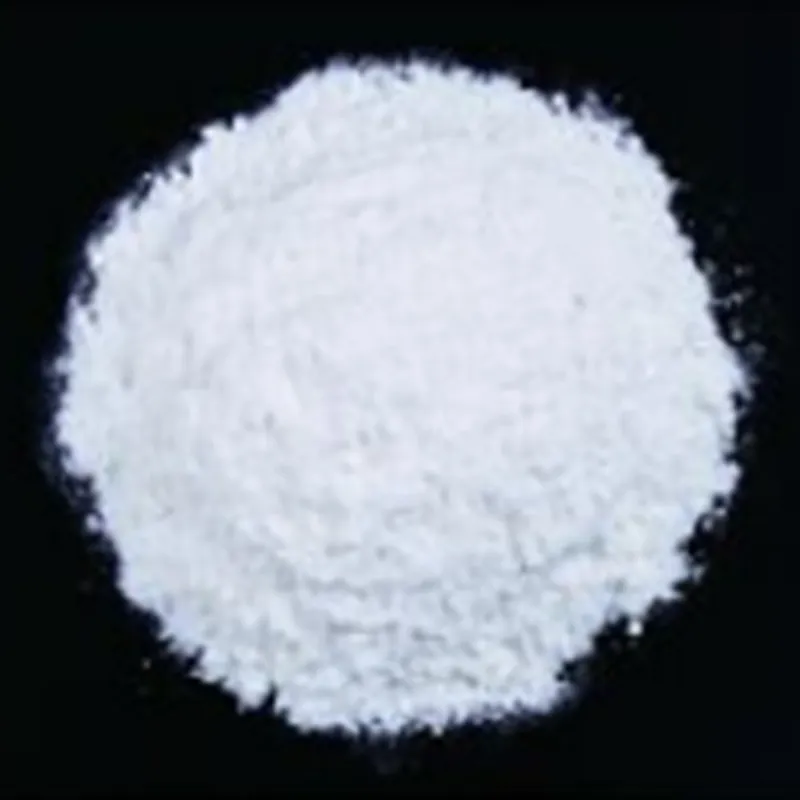
Understanding the Role and Functions of Acidity Regulator 296 in Food Products
Understanding Acidity Regulator E296 A Brief Insight
In the vast world of food additives, acidity regulators play a crucial role in improving the taste, texture, and shelf life of various food products. One such additive that has garnered attention is E296, also known as malic acid. This article explores the properties, applications, safety, and regulatory aspects of E296.
What is Malic Acid?
Malic acid is a naturally occurring organic compound found in numerous fruits, notably apples, which is why it is commonly associated with sourness. As an acidity regulator, E296 is commonly used in the food and beverage industry to enhance flavor, stabilize pH levels, and prevent spoilage. It is a dicarboxylic acid composed of two carboxyl functional groups and is prevalent in both natural and processed foods.
Role and Applications of E296
The primary function of E296 is to adjust and maintain the acidity in food products, thus improving their overall flavor profile. This compound is widely utilized across various food categories, including
1. Beverages E296 is often added to soft drinks, fruit juices, and sports drinks to provide a tart flavor, balancing sweetness and enhancing mouthfeel.
2. Confectionery In candies and other sweet products, malic acid contributes to the sour taste that consumers often crave, thus making the product more appealing.
3. Dairy Products In certain dairy applications, E296 helps inhibit the growth of bacteria, thereby extending the shelf life and ensuring product safety.
acidity regulator 296

4. Baked Goods It can be included in baked goods to enhance flavor and maintain freshness over time.
5. Cosmetics and Pharmaceuticals Beyond food, malic acid is also found in cosmetic products and pharmaceuticals, where it functions as a pH adjuster and preservative.
Safety and Regulatory Concerns
The safety of food additives is a significant concern for consumers, and E296 is no exception. Regulatory agencies, such as the Food and Drug Administration (FDA) and the European Food Safety Authority (EFSA), have assessed the safety of malic acid extensively. According to these bodies, malic acid is considered safe for consumption when used within the established limits.
Malic acid is classified as Generally Recognized As Safe (GRAS) by the FDA, which means it is safe to use in food products under normal conditions. The acceptable daily intake of E296 is yet to be defined, but it is found that the body metabolizes it efficiently, and excessive consumption is uncommon due to its natural occurrence in fruits.
Conclusion
E296, or malic acid, plays an integral role in the food and beverage industry as an acidity regulator. Its versatile applications across various products highlight its importance in enhancing flavor, prolonging shelf life, and ensuring safety. With the backing of regulatory authorities affirming its safety, consumers can enjoy products containing malic acid with peace of mind.
As the food industry continues to evolve, the demand for safe and effective food additives like E296 will only grow. For manufacturers and consumers alike, understanding the properties and benefits of such additives is essential in navigating the complexities of food production and consumption in our increasingly health-conscious society. Whether you are a food producer seeking to innovate or a consumer aiming to make informed choices, knowledge of additives like E296 is invaluable.
-
The Safety Challenges of Ammonium Nitrate FertilizerNewsJun.26,2025
-
The Critical Role of Mining ChemicalsNewsJun.26,2025
-
Shelf Life of Glacial Acetic Acid Food GradeNewsJun.26,2025
-
Enhancing PVC Longevity with 1,2,3-Benzotriazole InnovationsNewsJun.26,2025
-
China’s Dominance in Food Additive ProductionNewsJun.26,2025
-
Can Aluminum Hydroxide Replace More Toxic Alternatives?NewsJun.26,2025
-
PE and PP Plastics with Benzotriazole AdditivesNewsJun.12,2025
Hebei Tenger Chemical Technology Co., Ltd. focuses on the chemical industry and is committed to the export service of chemical raw materials.
-

view more DiethanolisopropanolamineIn the ever-growing field of chemical solutions, diethanolisopropanolamine (DEIPA) stands out as a versatile and important compound. Due to its unique chemical structure and properties, DEIPA is of interest to various industries including construction, personal care, and agriculture. -

view more TriisopropanolamineTriisopropanolamine (TIPA) alkanol amine substance, is a kind of alcohol amine compound with amino and alcohol hydroxyl, and because of its molecules contains both amino and hydroxyl. -

view more Tetramethyl Thiuram DisulfideTetramethyl thiuram disulfide, also known as TMTD, is a white to light-yellow powder with a distinct sulfur-like odor. It is soluble in organic solvents such as benzene, acetone, and ethyl acetate, making it highly versatile for use in different formulations. TMTD is known for its excellent vulcanization acceleration properties, which makes it a key ingredient in the production of rubber products. Additionally, it acts as an effective fungicide and bactericide, making it valuable in agricultural applications. Its high purity and stability ensure consistent performance, making it a preferred choice for manufacturers across various industries.











